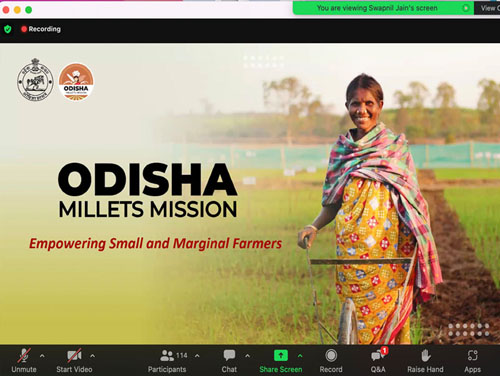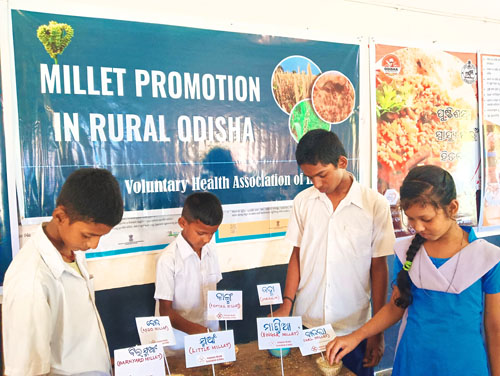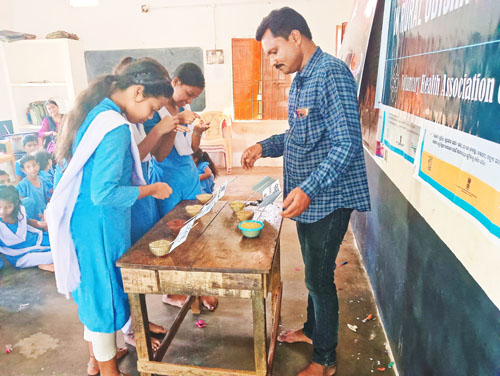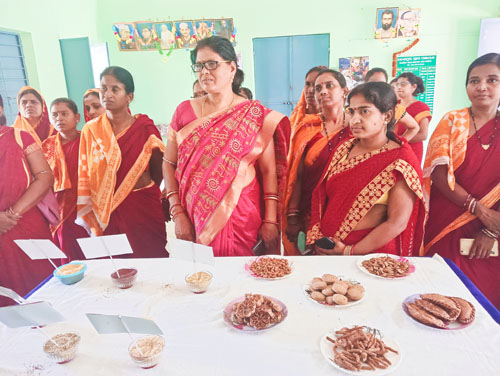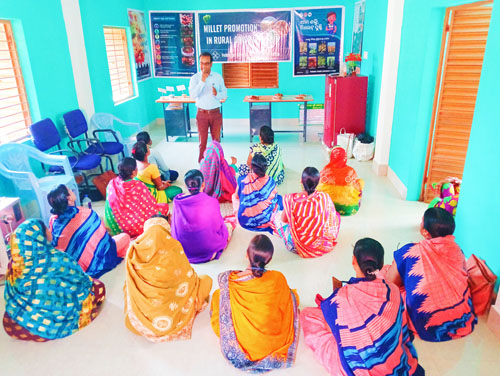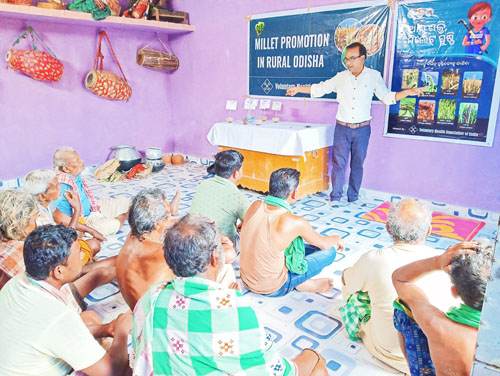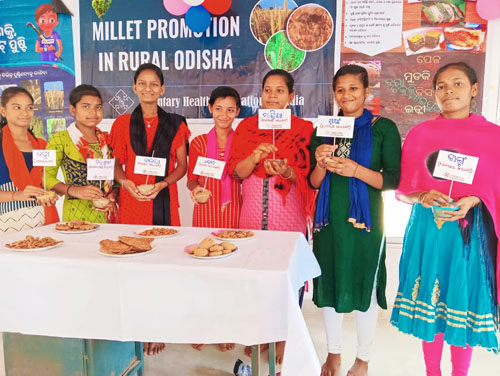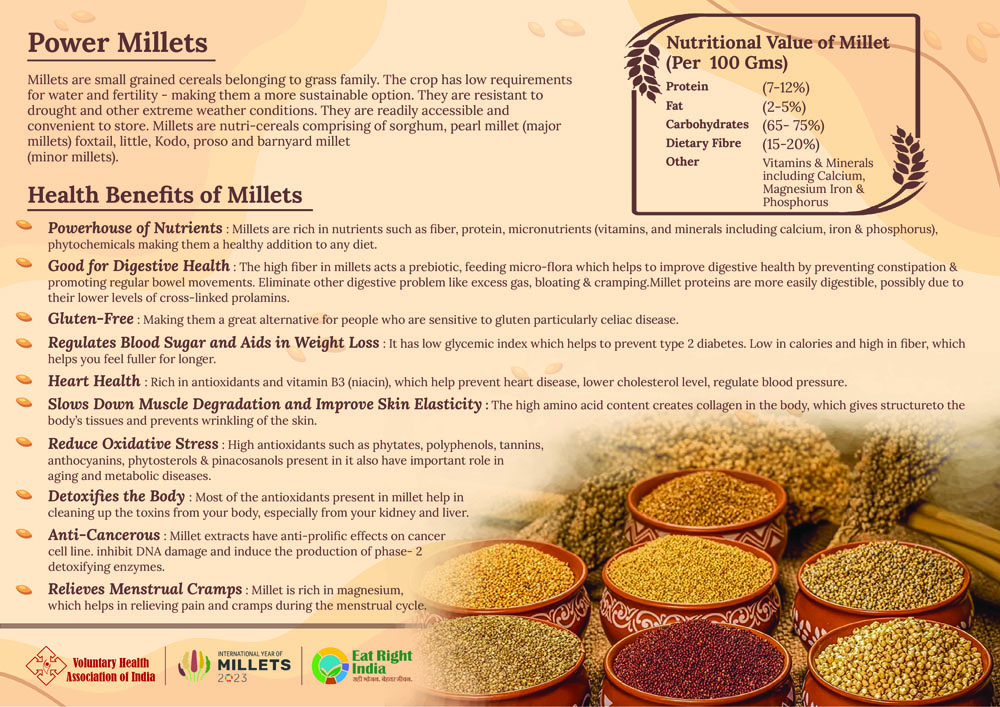





As part of our Health, Wellbeing, and Equity program, we are proud to promote and support the Millet Initiative, a joint campaign by the Government of India and the United Nations to celebrate the UN International Year of Millets in 2023. The goal of this initiative is to raise awareness of the nutritional value of millets and their role in sustainable food systems.
Under our new flagship program of Health, Wellbeing, and Equity, this campaign fits perfectly into the three pillars of our model. First, health promotion: millets are known for their high nutritional value and can promote the health of individuals and populations. Second, self-care: incorporating millets into the diet of individuals with chronic diseases can be beneficial in managing blood sugar levels, promoting heart health, controlling weight, reducing inflammation, and boosting immunity. Third, equity: promoting the cultivation and consumption of millets can provide an affordable and nutrient-dense food option, diversify diets, empower small-scale farmers, and contribute to climate change resilience, thus promoting equity for the poor.
We are committed to supporting this initiative and believe that it has the potential to create a positive impact on health & wellbeing.
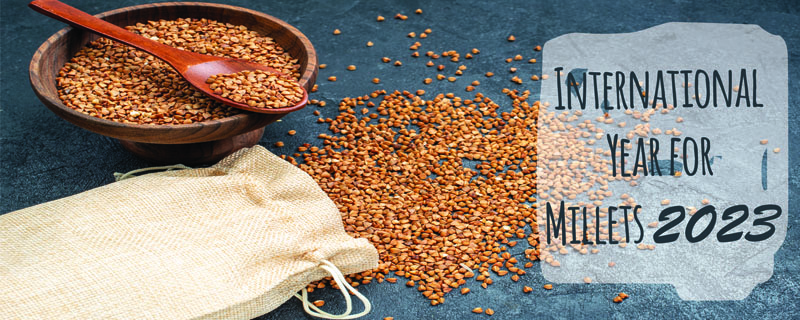
In an effort to promote the consumption and production of millets, the Indian government proposed to the United Nations to declare the year 2023 as the International Year of Millets (IYOM). India received support from 72 other countries, and on 5th March 2021, the United Nations General Assembly (UNGA) declared 2023 as the International Year of Millets.
This declaration is a significant step towards promoting the benefits of millets and enhancing their status as a superfood.
Know Your Millets 
Millets, a type of small-grained cereal belonging to the grass family, have been grown and consumed in the Indian subcontinent for over 5000 years. These hardy grains are traditionally cultivated using rain-fed methods and have low requirements for water and fertility, making them a more sustainable option than other popular cereals. Additionally, millets have a high tolerance for drought and other extreme weather conditions
Millets play a vital role in India’s ecological and economic security, serving as a significant source of food and fodder for millions of farmers. They are also known as “coarse cereals” or “cereals of the poor”. The major millet-producing states in India are Rajasthan, Karnataka, Maharashtra, Uttar Pradesh, Haryana, Gujarat, Madhya Pradesh, Tamil Nadu, Andhra Pradesh, and Uttarakhand
India is among the top 5 exporters of millets in the world, with millet exports increasing from $400 million in 2020 to $470 million in 2021. In 2020, India’s two primary millet varieties, Pearl Millet (Bajra) and Sorghum (Jowar), contributed approximately 19% to the world’s production. This highlights the significance of millets in India’s agriculture and the global market.
Despite being a staple food in semi-arid and drought-prone regions of India, millet consumption is low as people perceive it as traditional, coarse, and of low aspirational value.
These group of small-seeded grains are highly nutritious and have numerous health benefits. Here are some benefits of millets:
Millet extracts have anti-prolific effects on cancer cell line. inhibit DNA damage and induce the production of phase- 2 detoxifying enzymes.
Types of Millets 
Major Millet
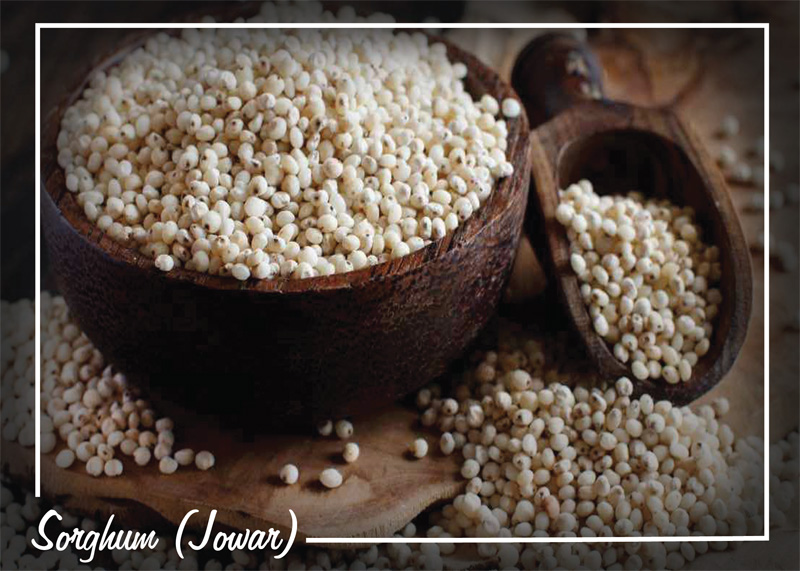 |
|
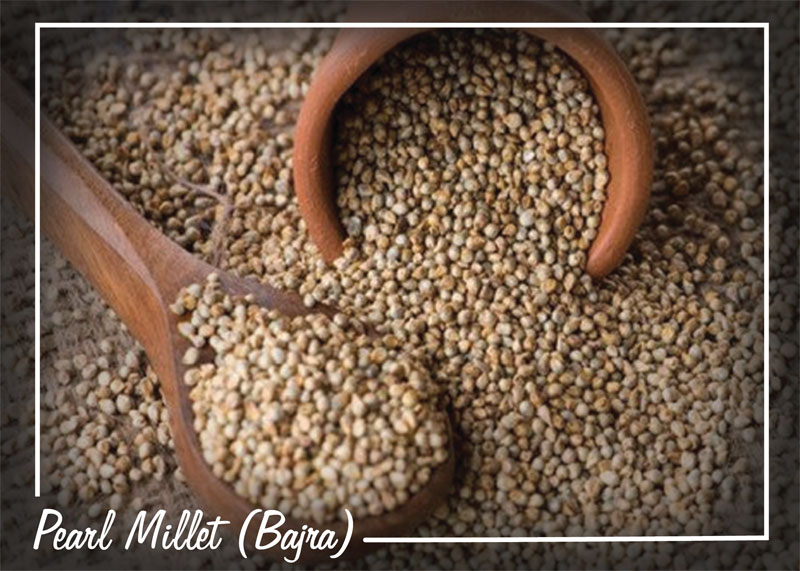 |
|
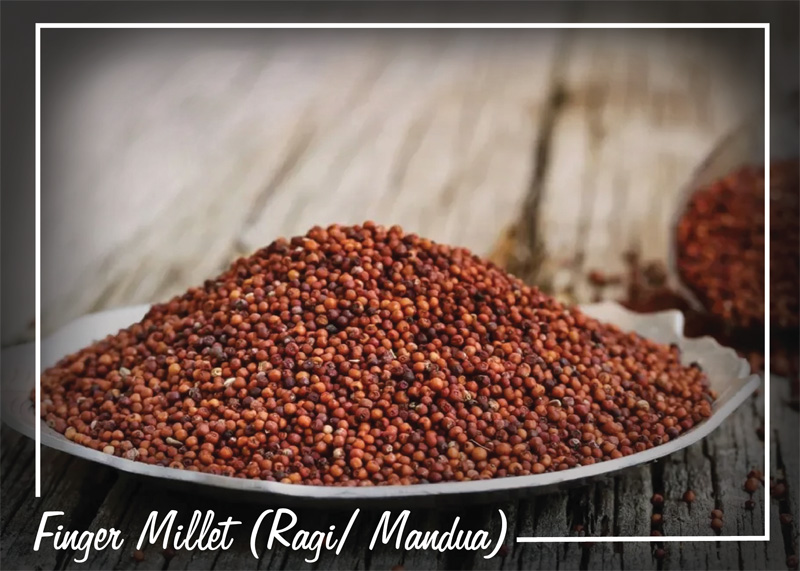 |
|
Minor Millet
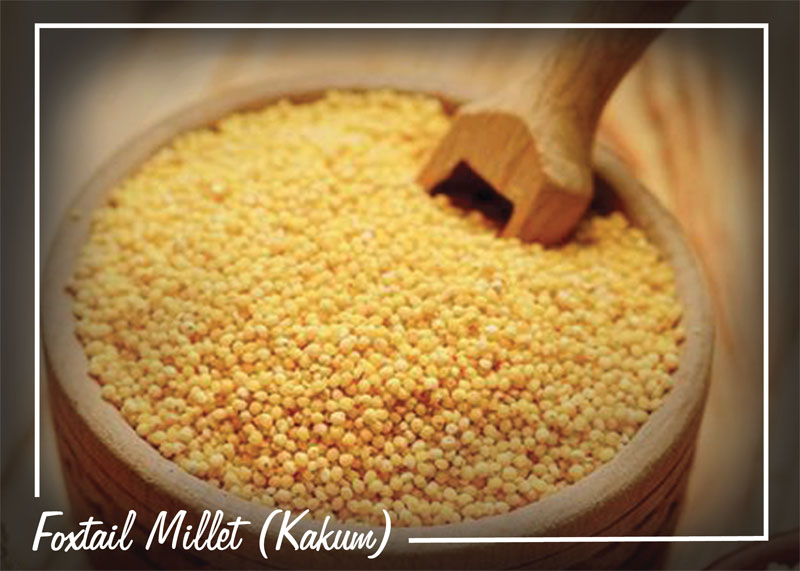 |
Eat it as Poha, Pulao, Dosa or Upma |
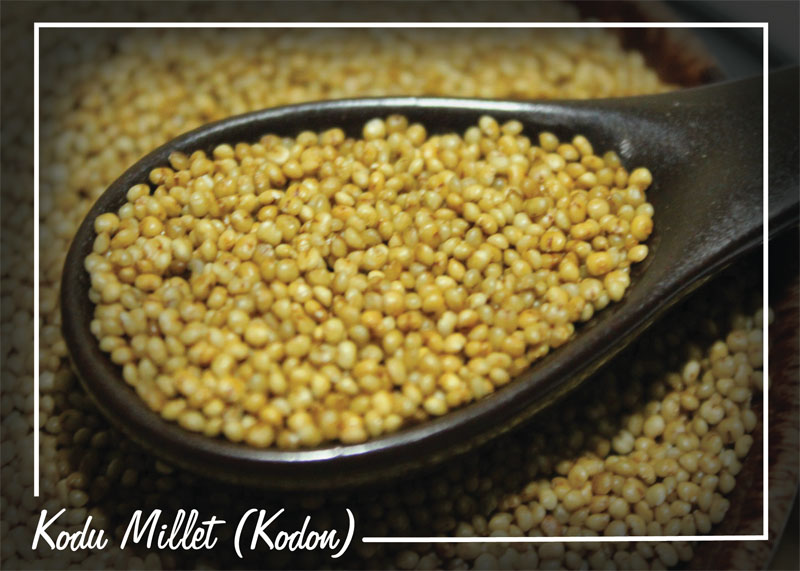 |
|
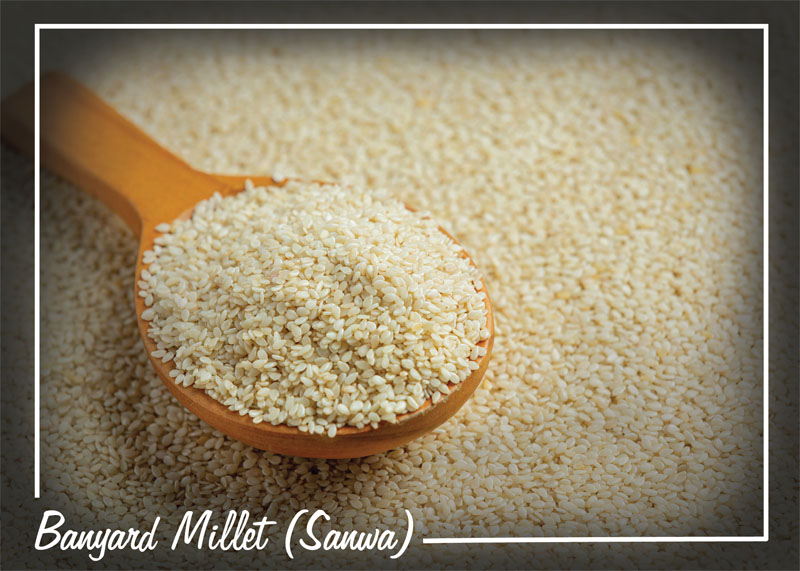 |
|
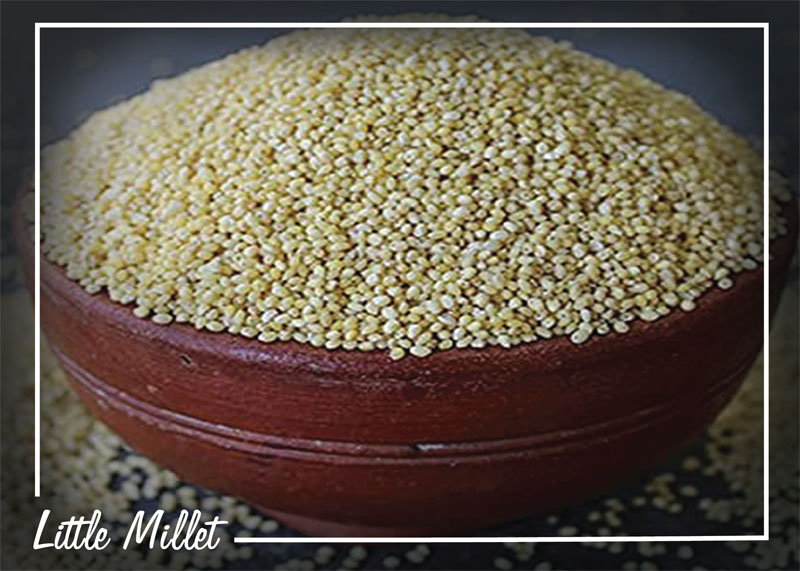 |
|
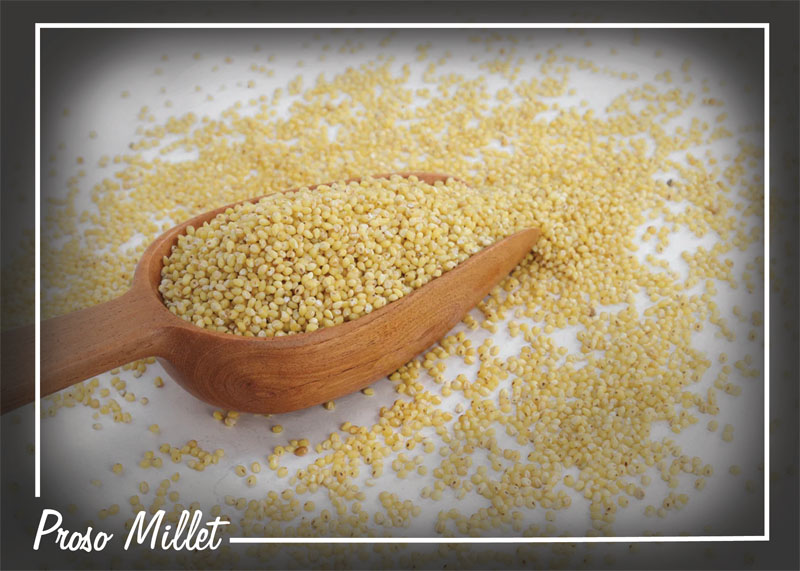 |
|
Our Activities 
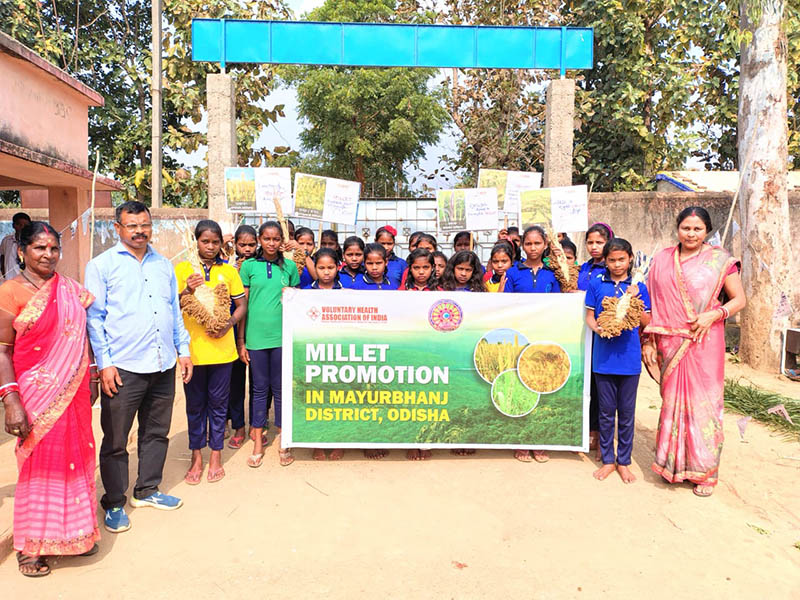
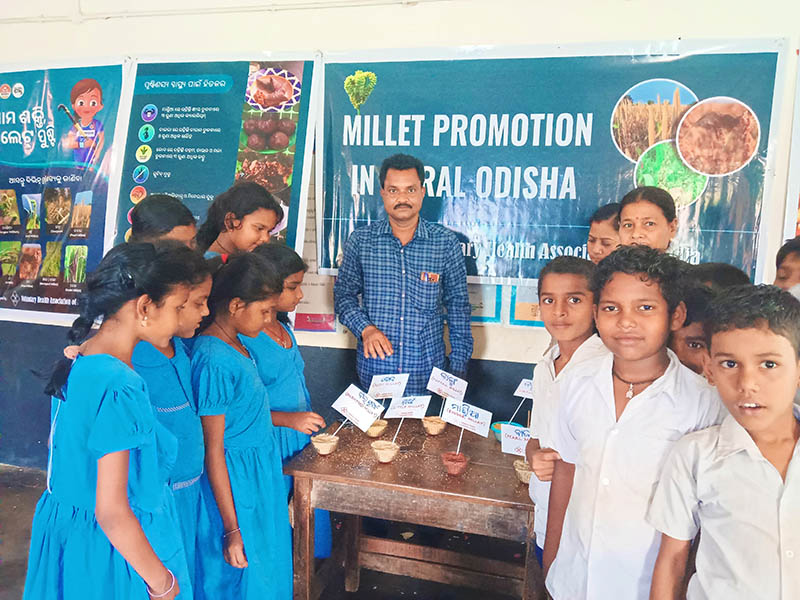
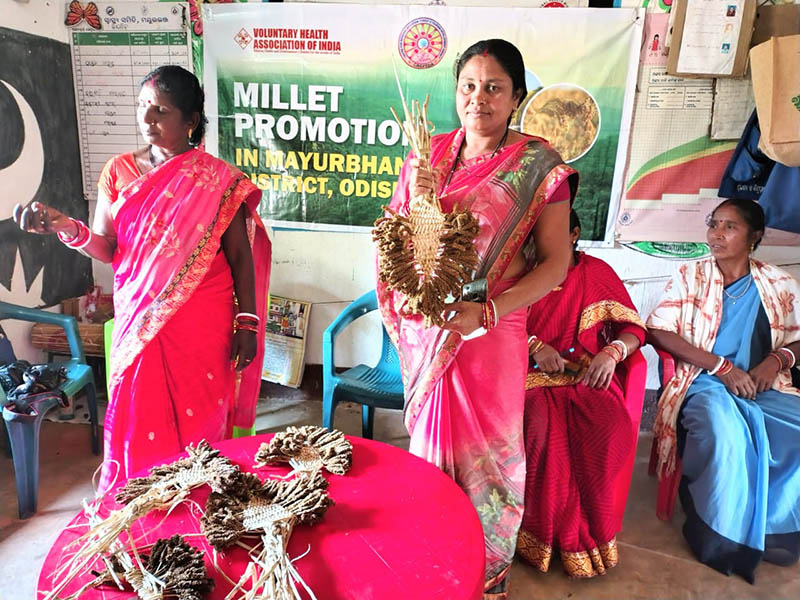
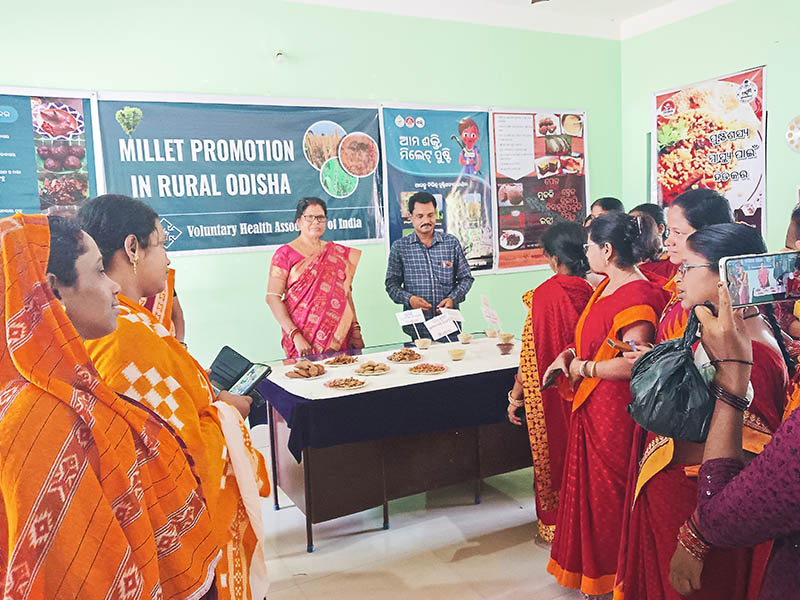
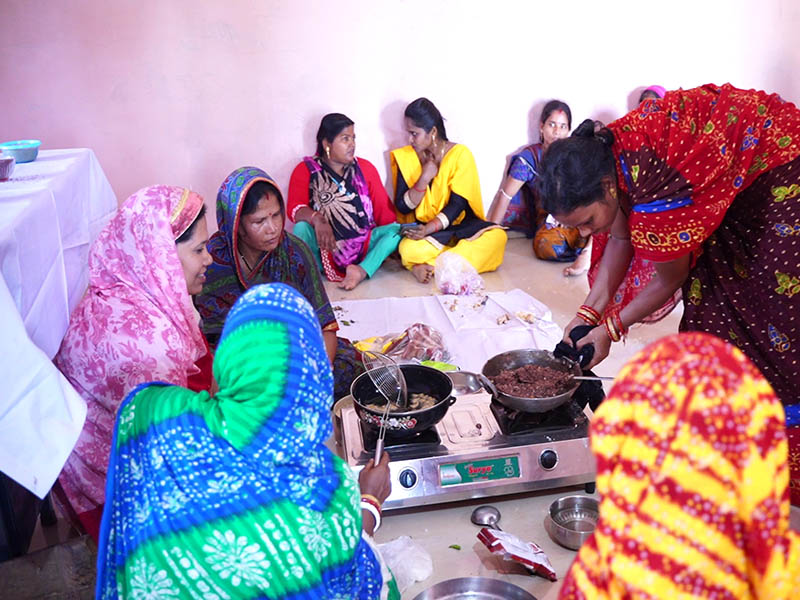
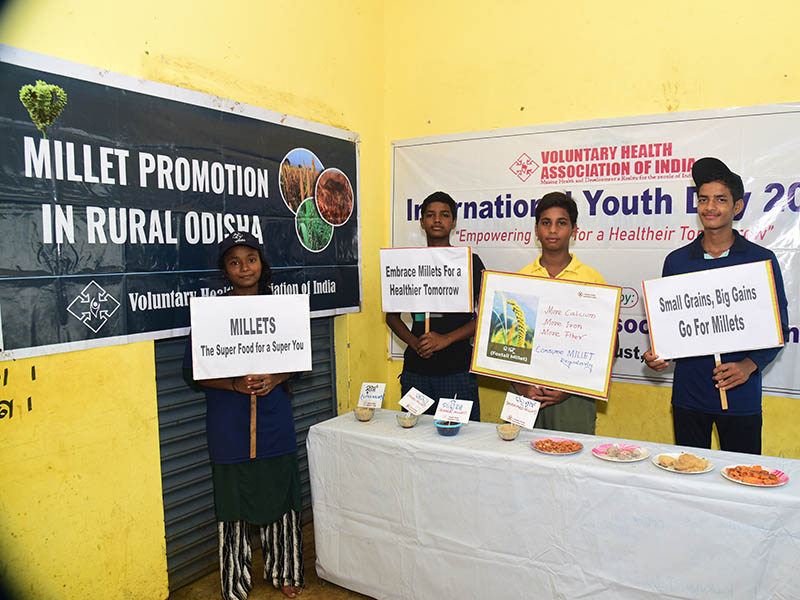
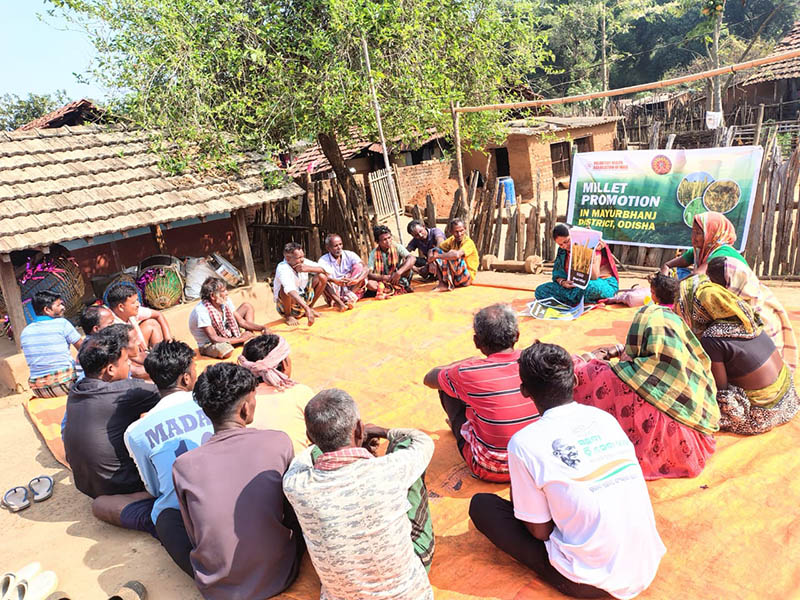
VHAI is collaborating with the Odisha Millet Mission to promote millet cultivation and consumption in both tribal and non-tribal districts of Odisha. This initiative focuses on raising awareness about the health benefits of millets, reviving traditional millet farming, and advocating for climate-resilient agricultural practices. By addressing micronutrient deficiencies, the program engages key stakeholders such as Self-Help Groups (SHGs), Anganwadi Centres, Village Health Sanitation and Nutrition Committees (VHSNCs), and educational institutions.
In partnership with the Government of Odisha, the program prioritizes pregnant and lactating mothers, with millets incorporated into mid-day meals and Anganwadi Centres. Cooking workshops are also organized to popularize millet-based recipes, preserving traditional culinary knowledge.
VHAI is implementing millet promotion activities in Mayurbhanj and Ganjam districts, working with local health, agriculture, and education officials, as well as Panchayati Raj Institution (PRI) members and community leaders. The efforts aim to revitalize millet cultivation and enhance its nutritional benefits for local communities.
Community-Centric Approach
The program follows a participatory model, engaging community leaders, farmers, and peer educators known as Millet Sathis, to spread awareness and promote millet-based practices. Over 12,000 individuals have been sensitized through village-level programs, and 252 peer educators have been trained to lead nutrition sessions and cooking demonstrations.
Health and Nutrition Integration
Millet promotion is integrated into existing health and nutrition platforms, including Village Health and Nutrition Days (VHNDs) and Anganwadi Centres, where millet-based meals are incorporated into children’s diets. These efforts enhance early childhood nutrition and address health issues like anemia and poor digestion.
School and Adolescent Outreach
VHAI engages students and teachers in government schools to raise awareness about millet’s health and environmental benefits. Adolescent outreach programs empower youth to adopt healthier dietary habits and act as ambassadors for millet promotion in their communities.
Awareness campaigns and sessions are being organized to educate people about the nutritional benefits of millets and its role in improving health. This is being done through:
- Organizing awareness events (using VHSNCs, youth leaders, CBOs, SHGs/FPOs) at the community level, schools, colleges, universities in close collaboration with Government of India, Eat Right Campaign, FSSAI and State Governments and local administrations.
- Engaging Mothers, lactating mother and pregnant women at Anganwadi Center.
- Encouraging inclusion of millets in mid meal at the Anganwadi Center and Schools.
- Appeal to eat millets at least once or twice a week, community influencers to share best experiences with millets
Supporting local farmers in growing millets to promote their consumption. This includes providing technical assistance, and encouraging farmers to help them adopt sustainable and profitable farming practices.
Since millets are drought resistant and need less water to grow, promoting model millet gardens in residential schools and Anganwadi Centres are being undertaken to promote cultivation of millets in Kitchen gardens.
Cooking workshops are organized to teach people how to prepare millet-based dishes as well as document the traditional millet recipes eaten in the remote tribal areas.
among the vulnerable groups given the fact it is highly nutritious, affordable and sustainable.
Using right messaging and creative content, a social media campaign has been initiated to reach mass awareness on millets and encourage them to incorporate this nutritious grain into their daily diet.
Documentation of best practices and success stories on millet cultivation, recipes etc for replication and sustainability.





VHAI organised a webinar on “Sowing the Seeds of Wellness: Millets for Health and Sustainability” on 20th June, to deliberate discussion on millets to promote their consumption. The webinar featured a panel of experts from national and state Governments including FSSAI, ICAR-IIMR, Odisha Millets Mission and Tata Trusts.
It witnessed participation of a diverse group of over 120 people including public health experts, grassroot level community workers, national and state level NGOs, youth groups and community at large.
The webinar proved to be an excellent platform for meaningful discussions, valuable knowledge exchange, and an inspiration to promote wellness through consumption of millets as well as contribute to a sustainable future.
Resources 
- Millets 2023
- Odisha Millets Mission
- Indian Institute of Millets Research
- Millets India
- Brief Notes on Millets by Ministry of Agriculture and Farmers Welfare
- Shree Anna 'A Holistic Review', standards of millets by FSSAI
- Millets-The Nutri Cereals of India by FSSAI
- Role of Millets in Children and Adolescent Nutrition
- My Food Plate- ICMR, NIN
- Mainstreaming Millets Policy Brief
- Millets Recipe Booklets by Indian Institute of Millets Research
- FSSAI Guidance Note on Millets
Know from the Experts 
Sowing the Seeds of Wellness 
Millets for Health and Sustainability

